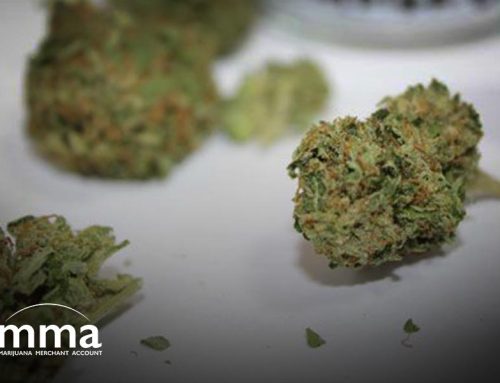With the election of President Joe Biden and canna-friendly VP Kamala Harris, marijuana industry advocates brimmed with newfound hope that federal legalization was on the horizon. It’s no secret that Democrats are historically accepting of laws relating to cannabis use. Is 2021 going to be the year of green?
Some states are throwing out low-level cannabis convictions from criminal records. The feds should do the same, right after removing innocuous cannabis from its erroneous categorization as a Schedule One drug. It just seems so silly to equate cannabis with heroin.
Banking on it
The industry has been vocally clamoring for banking access for years now. The SAFE Banking Act has been punted around Congress for what feels like ages. Perhaps the trigger for nationwide legalization will be the act of allowing licensed cannabis businesses to access federally chartered banking institutions.
There are two benefits from this move. One, allowing marijuana industry banking firmly brings it under regulator control. Two, banking access and federal acceptance allows entrepreneurs more investment options. A third and final benefit is that federally sanctioning banking, investing, and loans supports the growth and subsequent maturity of the industry.
Pending boom
There’s no doubt that the increasing number of states with legalized cannabis — 11 states have recreational weed, and another 22 states that have medical marijuana programs — are showing the rest of ’em that legalization generates tax revenue, creates jobs, and puts a dent in the black market. This has been amplified during the COVID pandemic. Using Nevada as an example, the state pulled around $684 million in cannabis taxes alone in 2020.
States considering legalizing cannabis can reference other states’ approaches to legislation for the right — and wrong — ways to roll out a program. In an example of a pack leader, states adjacent to those with recreational or medical cannabis industries will likely hop on board the cannabis express first.
Sink or swim
Regardless of the industry, those companies that operate efficiently will do well. Those that are cash-poor, leveraged to the hilt, and struggling to build infrastructure will work tremendously or shut down. These trends are already in effect. Weaker operations may merge with larger ones or try to survive alone by selling assets or seeking additional capital.
When national legislation does happen — and it will, eventually — they will most likely receive the bulk of investor funds. Even now, existing companies with operations in multiple states and locations must remain consistently strategic and disciplined.
Growing
Cannabis is here to stay, and the broad customer base is only growing. The youngest group of legal cannabis consumers, Gen-Z, spent a pretty penny on weed in 2020, topping $865 million just for that demographic alone. This was up $489 million from the year before.
For some, cannabis consumption is used as an alternative to alcohol. During COVID, cannabis operations in many states were considered ‘essential businesses,’ and the resulting tax revenue for an otherwise dismal year only added to the substance’s growing support.
Will 2021 be the year for weed? The next eight months will prove telling.












